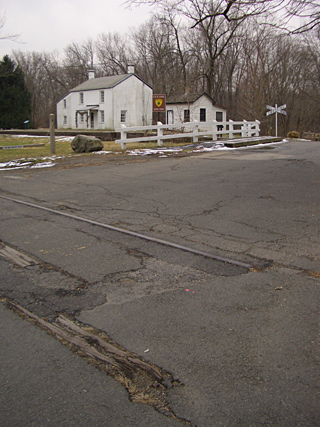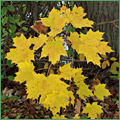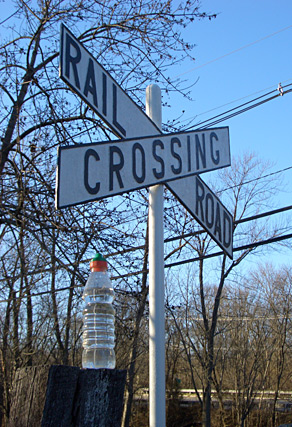On February 4, 1830, two charters were signed, one by the Delaware & Raritan Canal Company, and the other by the Camden & Amboy Rail Road and Transportation Company. Joint stock certificates were subsequently issued.
A number of "firsts" resulted. The C&A was the first railroad in New Jersey, and one of the earliest in the United States. It was also the first time rail had linked two major cities (Philadelphia and New York) in the U.S. The Camden & Amboy was pioneered by Robert L. Stevens, who invented the T-shaped rail and the hooked railroad spike that are both now standard. John Quincy Adams was the first U.S. president to ride on a train, and he almost lost his life in a derailment on C&A tracks near Hightstown. Be sure to read all the links in this post for many more details.
Earlier, Stevens built the first steam locomotive constructed in America and ran it on a circular track on his estate. The first locomotives for commercial service were shipped from England, and Stevens ordered one he called the John Bull, the only locomotive its age that is still in running condition.
The John Bull became a test bed for improvement, and Robert Stevens added many innovations of his own invention, such as a "cow catcher," oil-burning headlamp, whistle, safety valves, a wooden cab, baffles and screens to catch sparks, and a tender to carry fuel and water.
We no longer know whether the John Bull ever came all the way into Kingston, but it is fun to think that might have occurred. Is the one remaining piece of rail from the original track? Nothing else remains of this historic railroad, yet its importance equaled the D&R Canal in transportation utility.

 Phototelegrapher
Phototelegrapher


